Batch analysis and macro development in ImageJ/Fiji: going beyond the basics
13-15 November 2019 | i3S - Instituto de Investigação e Inovação em Saúde
This course is designed for ImageJ/Fiji users who want to go beyond the basics and progress to more intermediate/advanced analysis with this software. The focus of this course is on how to automate routine tasks (for conditions where many images need to be processed), as well as how to deal with more complex image analysis situations as to maximize information extraction. Although ImageJ can be used with its graphical user interface, the implementation of a workflow to multiple images requires the development of macros and/or scripts for batch processing. In this course, this process is tackled by building up from the development of very simple macros to more complex workflows, where images are processed and information acquired in an automated or semi-automated way. Previous knowledge on the basis of bioimage analysis is recommended, but no prior experience in ImageJ macro development is required or assumed, nor any prior programming skills.
Target Audience: Researchers who want to go beyond the basics and progress to more intermediate/advanced analysis with ImageJ/Fiji
Requirements: Participants should have basic knowledge in image analysis and some experience with ImageJ/Fiji for simple tasks.
The participant should bring a personal laptop for the sessions.
Organizer: Eduardo Conde-Sousa | Paulo de Castro Aguiar
Contents
Course contents:
- Introduction to batch analysis: from macro recorder to simple scripts.
- ImageJ macro language syntax.
- From GUI (graphical user interface) workflows to scripts: exploring ImageJ’s built-in functions and developing user-defined functions.
- Automatic data loading: access list of files in a given directory and filter it by text patterns in file name or by extension.
- Batch processing from scripts.
- Combine multi-dimensional information: programmatically identifying image pairs (e.g. multichannel, time-lapse) and combine information.
- From Image data to tables: extract information to tables and personalize output variables on output tables (data logging).
- Export sample images and customized tables to a directory.
Program
Program
|
|
13th November | 14th November | 15th November |
| Morning | Registration. Introduction to batch analysis. Exercises. |
Main workflow presentation. User defined functions. Exercises. |
Build-up the workflow. Combining data from different sources. Exercises. |
| Afternoon | ImageJ macro language syntax. Finding help. My first scripts. Exercises. |
Step-by-step workflow implementation for single channel images. Image Data to results table. Export sample images and tables. Exercises. |
Creating user-defined variables and print them to customized tables. Export sample images and tables. Useful templates. Exercises. |
Course duration: 18 hours
Registration
Registration fee includes coffee breaks and course material.
| Early bird registration until 8th October 2019 | Payment deadline: 10th October 2019 | Late registration from 9th October until 28th October | Payment deadline: 30th October 2019 | |
| i3S members with previous participation in Image Analysis courses* | 90€ | 135€ |
| i3S members | 100€ | 150€ |
| External participants with previous participation in Image Analysis courses* | 117€ | 175,5€ |
| External participants | 130€ | 195€ |
* Applicable to the following courses:
- Introduction to digital image analysis with ImageJ/ Fiji / Introduction to digital bioimage analysis;
- MATLAB: Data analysis & image processing
- Course on Optical Microscopy Imaging for Biosciences
- High Throughput Screening and Image Analysis for BioSciences
Limited number of participants: 15
Your registration will be confirmed and the payment will be requested once the minimum of participants is guaranteed.
More Information:
Advanced Training Unit | E-mail: training@i3s.up.pt | Tel: +351 220 408 800

